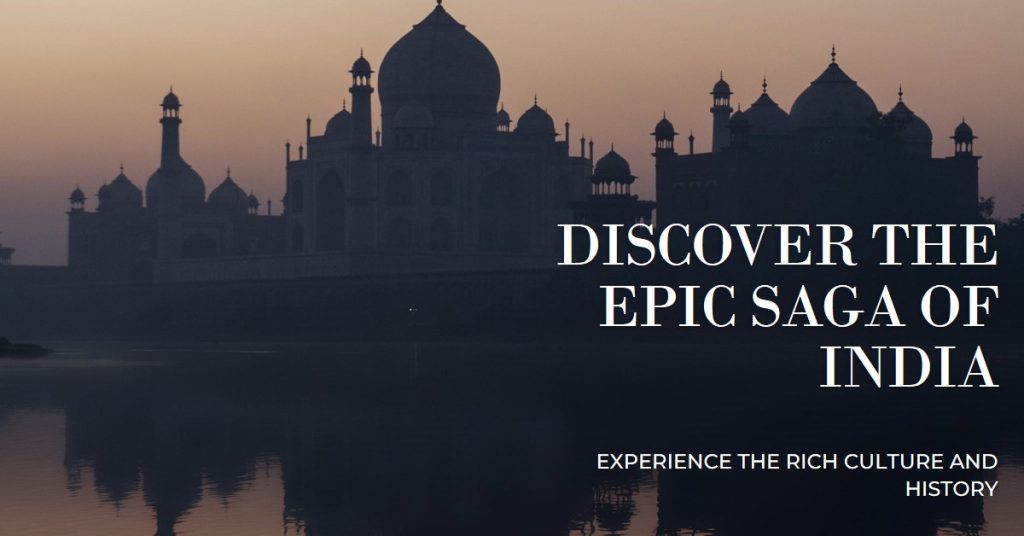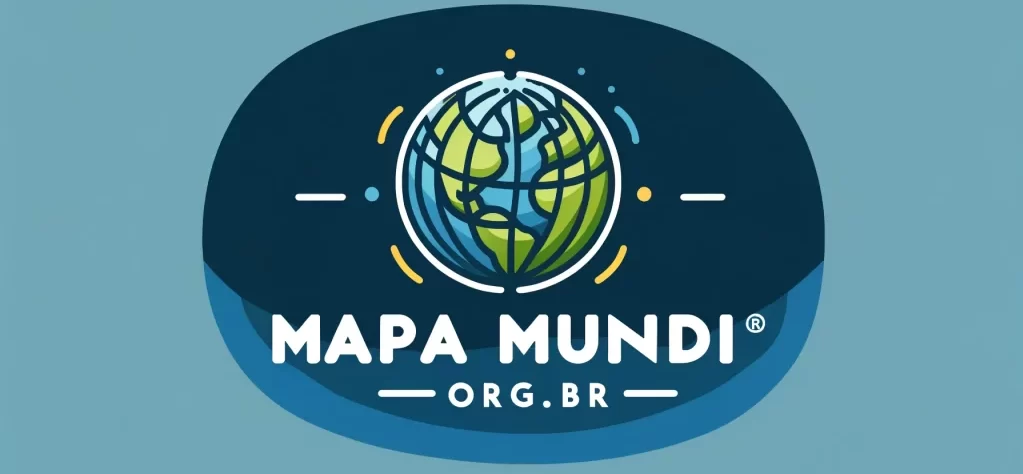
A HISTÓRIA…
A recente visita do Primeiro-Ministro da Índia, Narendra Modi, aos Estados Unidos, coroou a imagem de potência maior, que atualmente somente os Estados Unidos e a China desfrutam perante a opinião pública internacional.
Modi foi recebido com honras concedidas pelos americanos somente aos maiores líderes mundiais. Foi-lhe dado tratamento de Chefe de Estado, embora ele seja chefe de governo. Como noticiou o “The Economist”, “…Modi se tornou um dos poucos líderes estrangeiros, juntamente com Winston Churchill, Nelson Mandela e Volodmir Zelenski a comparecer a uma sessão conjunta do Congresso mais de uma vez”… Ainda segundo o jornal inglês “…a influência global do gigante sul-asiático aumenta rapidamente. Sua economia é a quinta maior do planeta. Sua diáspora de 18 milhões prospera dos EUA ao Golfo Pérsico. E a Índia se tornou indispensável ao esforço dos EUA em se afirmar na Ásia e dissuadir alguma agressão chinesa”.
O que aconteceu?…
Servi na Índia em duas ocasiões na minha carreira diplomática (e nunca mais me distanciei dela…). Primeiramente na nossa Embaixada em Nova Delhi, em 1984, e depois como Cônsul-Geral em Mumbai, em 2009. Tenho, ademais, acompanhado com escrupulosa atenção o país pelo qual tenho enorme afeto. Nele forjei amizades entre as mais profundas da minha vida. Desta forma, não sei se tenho suficiente isenção de espírito para poder dar, como gostaria – e seria de justiça – a minha opinião sobre a que considero a minha “matrika” asiática. Gostaria, porém, de dar o meu testemunho baseado na minha “experiência de campo”. Mas, como tanto o afeto como o contexto são muito amplos, permito-me desdobrar o meu relato em várias postagens, para o que peço a paciência e a compreensão dos amigos.
Como vejo a Índia, não como um “ocidentocêntrico” convicto, mas tampouco como um asiático empedernido, vamos aos fatos…
Quando cheguei a Nova Delhi, numa manhã fria de janeiro de 1984, sem qualquer vivência que não fosse a no Ocidente (estudei em Paris antes de entrar na carreira diplomática, e posteriormente servi nas Embaixadas do Brasil e Bruxelas e Buenos Aires antes de partir para Delhi), a imagem que vinha à minha mente era de “exotismo”; ou seja, compartilhava com a maioria das pessoas deste lado do planeta a fantasia do “misterioso oriente”. Estávamos em 1984, é claro…
A Índia que encontrei tinha pouco mais de 37 anos como país independente (…e milhares de anos como civilização). Ou seja, encontrava-se em pleno esforço de construção política e de vencer o trauma do nefasto processo colonialista e de independência, até hoje inconcluso em termos de delimitação do território. O fervor nacionalista – “Bharat Zindabad” – estava à flor da pele da população, e também respondia pela beligerância com relação à vizinhança (leia-se Paquistão, sobretudo).
A Primeira-Ministra Indira Gandhi, filha de Jawaharlal Nehru, o primeiro Primeiro-Ministro e grande herói do processo de independência da Índia – juntamente com o Mahatma Ghandi e Muhammad Ali JInnah, o criador do Paquistão – então vivia e perseguia a visão política do Não-Alinhamento e da reserva de mercado que havia herdado de seu pai para reconstruir a economia do país, que fora deliberadamente destroçada pelos colonizadores ingleses. A Índia estava, então, voltada para si mesma e trancada para o resto do mundo.
Eu estava lá quando Indira foi assassinada na manhã de 31 de outubro de 1984, e testemunhei momentos de violência entre os mais atemorizadores da minha carreira (e da minha vida, na verdade…). Ultrapassados estes episódios traumáticos, a chegada de seu filho, Rajiv, ao poder, provocou uma ruptura perceptível com a Índia ”nehruviana”, socialista, terceiro-mundista e anticolonialista, herdada de seus antecessores. Conquanto mantendo a “linha dinástica” que vinha desde seu avô, a juventude e o alheamento de Rajiv do “establishment” político tradicional – ele nunca quis assumir o posto que lhe foi, na verdade, “imposto” – permitiram-lhe abrir espaços para a emergência da mentalidade que hoje predomina no seio das elites do país: o compromisso com a tecnologia e a contemporaneidade. A Índia rompia então com o isolamento que a política da reserva de mercado lhe impusera desde a sua independência, com os bônus e os ônus que esta opção acarretou.
A partir de então, Rajiv Gandhi e o Partido do Congresso/”Congress Party”, fundado em 1885 (por um inglês, aliás…), rejuvenescido pelo ativismo empreendedor dos seus aliados – os “maruti boys”, alcunha que havia sido dada aos empresários reformadores que acompanharam o Primeiro-Ministro na missão de romper as peias do tradicionalismo que emperrava a economia – e não encontrando nenhum poder ou partido político que os ombreasse, a não ser o “Bharatya Janata Party” /BJP, e assim mesmo, de maneira muito tímida, então, lançaram-se na aventura de “aggiornar” a economia da Índia. O foco passou a ser a tecnologia da informação, dada a propensão natural dos indianos pela abstração (que, aliás, tem fundo religioso…).
Rajiv terminou assassinado por uma “mulher-bomba” quando participava de um comício eleitoral no estado sulista de Tamil Nadu, na noite de 21 de maio de 1991. A explosão matou pelo menos outras 13 pessoas e feriu mais de 40. O motivo não tinha a nada a ver com a agenda interna, mas, sim, em razão do envio da “Força Indiana de Manutenção da Paz” (IPKF) para o vizinho Sri Lanka, e das supostas atrocidades desta contra os tâmeis (“tamils”, em inglês), uma minoria étnica do vizinho Sri Lanka que lutava por sua independência.
Com a morte de Rajiv chegava ao fim a “dinastia Nehru”, que até então constituía uma linha contínua.
E com ela se interrompe o primeiro relato sobre a “saga da Índia”.
Doutor em Direito Internacional Público em Paris. Ingressou na carreira diplomática em 1976, serviu nas embaixadas de Bruxelas, Buenos Aires, Nova Déli, Washington, Pequim, Tóquio, Islamabade (onde foi Embaixador do Brasil, em 2004). Também cumpriu missões transitórias no Vietnã e Taiwan. Viveu 15 anos na Ásia, para onde orientou sua carreira por considerar que o continente seria o mais importante do século 21 – previsão que, agora, vê cada vez mais perto da realidade.
